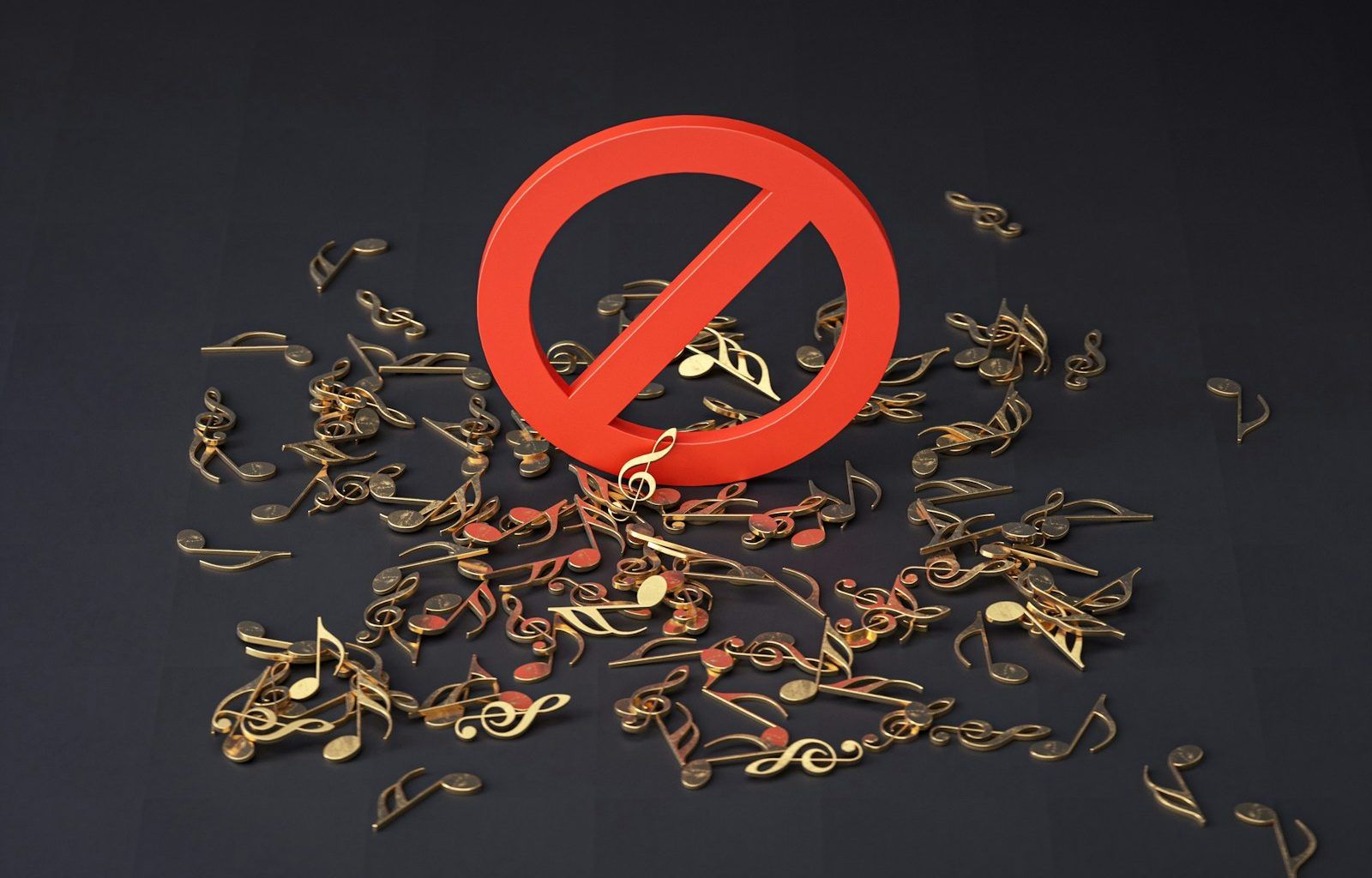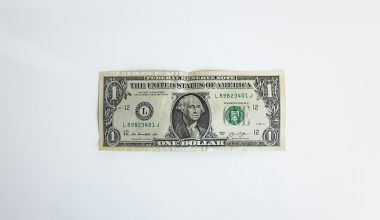Understanding Copyright and Why It Matters on YouTube
As a creator, your work is your asset. Whether you’re making videos, music, animations, or any other type of content for YouTube, copyright ensures your efforts are protected. claim copyright youtube laws grant you the exclusive rights to control how your content is used, distributed, or monetized. But what happens when someone uses your video without permission? That’s where claiming copyright on YouTube becomes essential.
Copyright isn’t just a legal concept; it’s your creative shield. By claiming your copyright, you make it clear that your content isn’t free for others to use without consent. This simple yet powerful step can save you from losing revenue, recognition, and creative ownership.
How Copyright Works on YouTube
YouTube operates under copyright laws and provides tools to help creators protect their content. When you upload a video, you automatically hold the copyright to it. However, to enforce your rights, you need to actively monitor your content and report any unauthorized use.
One of the main tools for claiming copyright on YouTube is the Content ID system. This advanced technology scans videos uploaded to the platform and matches them with existing copyrighted works. If someone uploads a video that contains your content, YouTube alerts you. You can then decide to remove the video, share revenue, or allow its use.
Steps to Claim Copyright on YouTube
Claiming copyright on YouTube might sound overwhelming, but it’s simpler than you think. Follow these steps to protect your work:
- Understand Copyright Basics
Before making a claim, ensure your content qualifies for copyright protection. It must be original and tangible. Ideas, facts, or public domain content are not copyrightable. - Use YouTube’s Copyright Tools
YouTube provides several options to manage copyright:- Content ID Matches: For creators with verified accounts, this system automatically detects matches.
- Copyright Takedown Request: You can file a claim manually if you spot misuse.
- Register Your Copyright (Optional but Recommended)
While copyright protection is automatic, registering your content with your country’s copyright office strengthens your claim in case of disputes. - File a Takedown Notice
If you find someone using your video without permission, go to YouTube’s Copyright Management page and fill out the form. Be specific and provide evidence to support your claim. - Monitor Your Content Regularly
Keep an eye on your videos to ensure they’re not being used without your approval. Tools like YouTube Studio Analytics can help track activity.
Common Misconceptions About YouTube Copyright
When dealing with copyright claims, it’s easy to get confused. Let’s clear up a few common misconceptions:
- “Fair Use Means I Can Use Anything!”
Fair use doesn’t give someone unlimited rights to use your content. It only applies in specific cases like commentary, criticism, or education. Even then, the usage must meet certain conditions. - “I Can Claim Copyright on Public Domain Content.”
No, public domain material is free for everyone to use. Claiming copyright on such content isn’t valid and could lead to your own penalties. - “Watermarking My Videos Automatically Protects Them.”
While watermarks discourage theft, they don’t replace official copyright claims. You still need to enforce your rights through YouTube’s tools.
What to Do If Someone Files a False Copyright Claim
Sometimes, creators face false copyright claims. This can be frustrating and impact your content’s visibility. If this happens:
- Dispute the Claim: Go to the YouTube Studio, find the claim under “Copyright Notices,” and submit a dispute.
- Provide Evidence: Share proof that you own the content or that it qualifies for fair use.
- Seek Legal Help: If the issue escalates, consider consulting a copyright attorney to resolve the matter.
Best Practices for Protecting Your YouTube Content
- Always Credit Your Sources: If you use someone else’s work, give proper attribution and get permission.
- Add Metadata: Include clear titles, descriptions, and tags to help YouTube identify your content.
- Enable Content ID: If eligible, this is your strongest tool for automated copyright management.
- Stay Educated: Copyright laws can change. Keep up with updates to ensure you’re always compliant.
How Copyright Impacts Monetization
One major reason to claim copyright on YouTube is monetization. If your video is reused without your permission, you might lose ad revenue. By asserting your rights, you can redirect earnings back to your account.
YouTube’s Partner Program allows you to monetize content. If someone else is profiting from your videos, you have the right to claim that revenue through Content ID or by filing a takedown notice.
The Importance of Educating Yourself About Copyright
Copyright is a complex but essential topic for YouTubers. By understanding how it works, you empower yourself to protect your content, reputation, and income. Resources like YouTube’s Creator Academy and legal guides can help deepen your knowledge.
Remember, protecting your content doesn’t make you overly cautious—it makes you a smart creator.
Final Thoughts
Claiming copyright on YouTube isn’t just about preventing theft; it’s about respecting your work and ensuring you receive the recognition and revenue you deserve. With the right tools, knowledge, and proactive measures, you can safeguard your creative assets and thrive on the platform.
Your content is valuable. Protect it like the treasure it is.
For further reading, explore these related articles:
- Punjabi Singer Name List A to Z – Explore the Stars of Punjabi Music
- How to Make the Perfect Music Cover Page Design
For additional resources on music marketing and distribution, visit DMT Records Pvt. Ltd..





